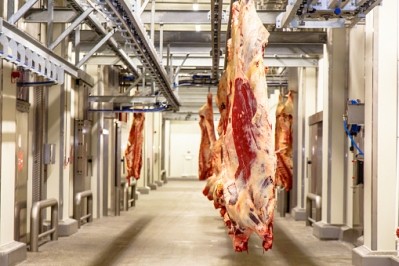Unlabelled meat found in one in five sausages

Researchers from the University of Guelph, funded by the Canadian Food Inspection Agency (CFIA), tested 100 raw meat sausage samples from beef, pork, chicken and turkey.
The findings uncovered varying levels of meat not declared on product labelling that said only one type of meat was used in the product.
Nearly a quarter of the raw beef sausages tested by researchers contained pork. And one on in five packs of chicken sausages contained turkey, while one pack of chicken sausages contained traces of beef.
Study identifies dominant meat type
Of 28 samples of pork sausages tested by researchers, two contained beef and one contained horsemeat.
The study was published in the Food Control journal and revealed multiple examples of possible illegal mislabelling occurred when one type of sausage meat was substituted for another. It is believed to the first-ever study in Canada looking specifically at the mislabelling of retail-ready sausages.
Researchers at the University of Guelph were led by Professor Robert Hanner in using DNA barcoding to identify which animal tiny bits of meat came from.
Technology available to crack down on fraud
“There is DNA in nearly every cell of every organism so barcoding can be applied to products such as ground meats that would be difficult to identify with other means,” said Hanner. “In this study, barcoding was used to identify the dominant meat type in the sausage samples.”
Something known as Digital PCR Technology was used to quantify the DNA, allowing researchers to accurately claim the proportion of meat – and, crucially, the animal it came from – in the sausages.
A separate test was used by researchers to detect the presence of horsemeat, but the test was not able to reveal the quantity.
Hanner said human error might have been a reason for contamination. Another could be that some companies were encouraged to use cheaper cuts of meat without disclosing it, to cut costs.
Now that DNA technology has been used to highlight problems with sausage labelling in Canada, the study could pave the way for more transparency.
“This study demonstrates that the technology is capable of monitoring the industry in a way we were never able to do before and is just one example of how DNA testing is becoming a standard for food ingredient authentication,” added Hanner.










